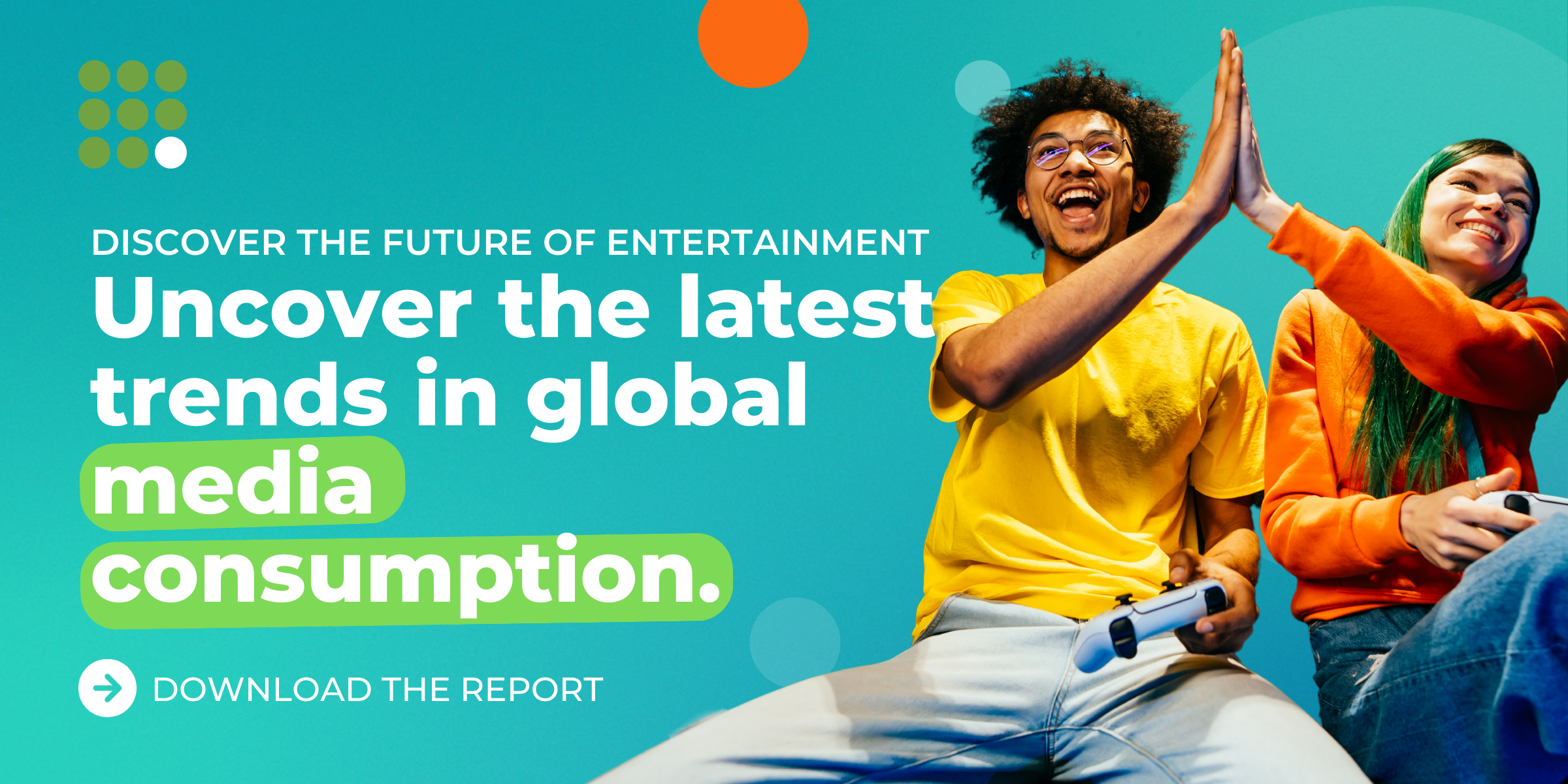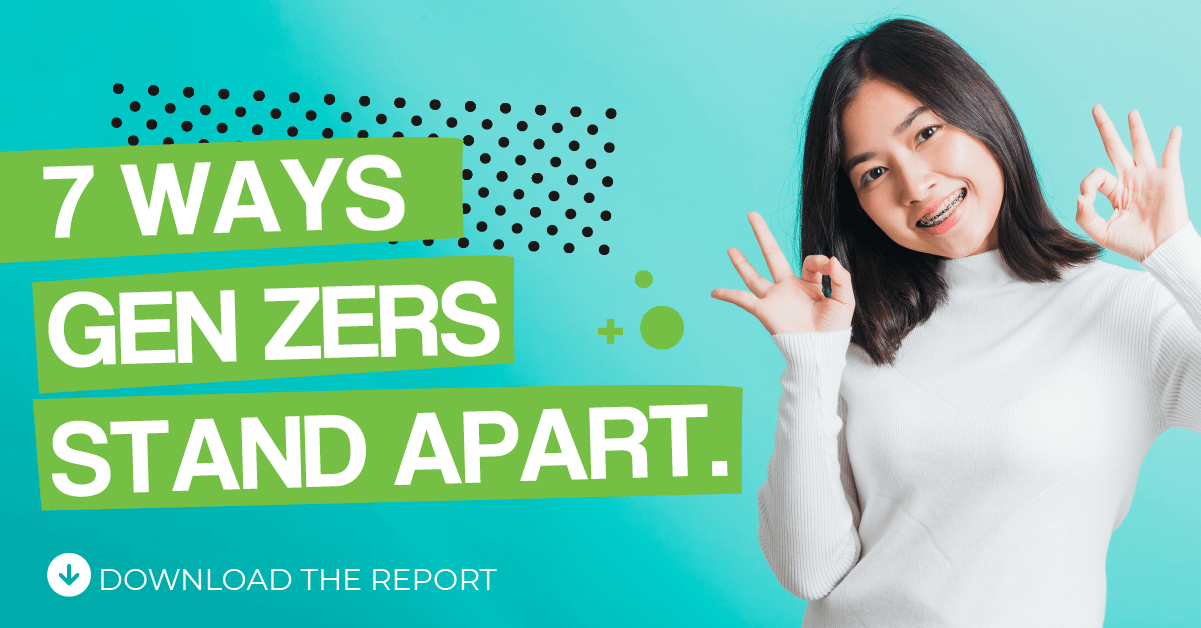Market research is hugely valuable to any organisation. But understanding how consumers and decision-makers think and behave is rarely more important than when you’re trying to understand non-native markets. International business is big business – but it’s also a big investment. There are a host of issues to consider when you’re conducting international market research (for more, read our article on the topic). But getting the language right is perhaps the most obvious hurdle. So how is international market research affected by language differences?
Imagine you’re running a brand tracker to understand how your organisation is perceived across the world. You’ll need to localise the research in dozens of markets and yet still be able to draw broad, universal conclusions. For this, you’ll need to translate the survey into many different languages, whilst maintaining consistency of meaning and controlling for different emotive weights in the various dialects. Fail to do this, and the results you’ll get back could be misleading.
Why language matters
It’s not just language, of course. According to research from Columbia Business School, there are: “important cross-cultural differences in the processing, evaluation, and judgment of brand and product information. Much of this work suggests that cultural differences stem from pervasive socio-cultural … factors. For example, a good deal of research demonstrates that people have broad, culture-specific cognitive dispositions … which can guide consumer behaviour.”
But the same paper also stresses that language is a huge factor: “in recent work conducted in a consumer behaviour marketing context, we have found that structural aspects of a language can in fact critically affect one of the most basic aspects of consumer behaviour – categorisation of products. Grammar, phonology and semantics are fundamental building blocks to a linguistic system and should therefore have an impact on consumer behaviour.”
It’s not just what you say, then – but also how you say it, and to whom. All of which adds up to language, localisation, translation and interpretation as crucial building blocks of any international research project. Getting it wrong can be disastrous …
When language goes wrong
Many brands have learned the dangers of ignoring local idiom when they move into new markets. When Coca Cola first entered the Chinese market signs for ‘ko-ka-ko-la’ (the closest phonetic translation) were understood by locals as ‘bite the wax tadpole’ or ‘female horse fastened with wax’ depending on the tone.
This real life example highlights important language considerations, both in terms of asking the right questions and understanding the meaning of the answers when you’re working abroad.
Speaking their language
But hang on a second: isn’t all this slightly moot in the age of instant machine translation? Google Translate can handle dozens of languages, and even Microsoft Word now has a built-in translation function. While machine translation is improving in quality, it lacks subtlety, it struggles with idioms, and it misses the emotional salience that’s important to both qualitative and even quantitative research.
That’s even more important now that AI-type systems are being deployed to pull out topics, themes and even sentiments from research results. With systems like these, the meaning of local dialect or cultural implications could be missed. From a semiotic perspective, then, there are huge challenges with using AI for translation and analysis.
Another option could be to hire a language graduate to translate your surveys and responses. It’s true this is a step-up from the automated approach. But even if you can find a translator you trust, ensuring they understand the subtleties of local dialects and cultural nuances (see below) and the technical aspect of market research language is much harder. That’s where market research agencies like Kadence – with international offices across the globe and native speakers in house – come in handy. Having team members who instinctively understand the need to localise language and know how to do it is a major plus. After all, language and meaning evolve even over short time-spans so keeping up to date with trends and sayings is massively valuable. In Germany, for instance, 1200 new words and counting have come into being over the course of the pandemic.
The devil in the detail
The reason why all this is important is that just as culture varies widely between and within international markets, language has local subtleties. Even within English, there are layers of meaning that illustrate this point. Take the word ‘love’. He loves popping down to the shops with his mates on Saturday afternoon. She loves it when Leeds United score. They love their mum. She makes love to her sweetheart. They bask in God’s love. These are all very nuanced – and to a competent English speaker their varied meanings are obvious.
Then lots of countries have multiple languages – China, Malaysia, Belgium, Switzerland… there’s a very long list of places with minority language groups that a research project approached in the wrong way could marginalise. (Wikipedia has your back.)
Even when the language is clear, the nuances might not be. In Canada, for example, you need translators who know Quebecois, not just French. If you’re running field research in Mexico, you could stick to Spanish; or try to ensure the Spanish translation is appropriately localised for Mexican idioms; or even think about the indigenous languages that are still spoken by a minority of the population.
In the Philippines, Filipino and English are designated official languages. But Spanish is commonly spoken (a legacy of its own colonial role), as well as Tagalog, Minna and even Arabic.
That poses interesting questions about how your sample might be affected by language choice. Remember: you might only be interested in affluent consumers in a given market, say, and that means choosing the dominant language is no problem. But for a genuine look across a country – regionally and socially – a different approach might be needed.
Tone and culture – how these differences can affect international market research
Then tone has to be calibrated, too. Understanding why emotions are triggered in different cultures or regions is really important. In eastern Germany, for example, the long history of the Stasi secret police means that even though the country reunified 30 years ago, suspicion about intrusive questions lingers. That means a deftness in your translations will be important.
In France, questions about sexuality or religion are usually considered unacceptable unless you carefully rephrase the survey to yield the information you need. It’s true even in English: what’s the difference between ‘a hobby’, ‘a pastime’ and a ‘personal skill’? How might asking about those different categories affect the kind of responses you’d get?
Cultural salience is also a stumbling block. Someone in a focus group might quote a nursery rhyme to evoke a particular emotion or assumption. A native might pick up a lot of meaning; a foreign translator might understand the context; but a machine translation is just going to give a verbatim that lacks any appropriate meaning.
Practical considerations when it comes to language differences in international market research
When it comes to qualitative research, a lot of the nuance you need comes from non-verbal cues, and those are much harder to evaluate. Here, it’s not even a question of your translation services, you need ‘boots on the ground’.
From a quant perspective, there are practical considerations around research-specific translations. Some text will appear much longer when translated. For example:
ا هي المدة منذ زيارتك الأخيرة للطبيب؟
自您上次看医生以来有多长时间?
Wie lange ist Ihr letzter Arztbesuch her?
How long since your last visit to the doctor?
Berapa lama sejak kunjungan terakhir Anda ke dokter?
Gaano katagal mula noong huli mong pagbisita sa doktor?
¿Cuánto tiempo ha pasado desde su última visita al médico?
Combien de temps depuis votre dernière visite chez le médecin?
நீங்கள் கடைசியாக மருத்துவரிடம் சென்றதிலிருந்து எவ்வளவு காலம்?
That might mean the translation of survey questions has to be tweaked to be more practical or accessible to users depending on the format or technology being used in the field. It’s another reminder that having a single, integrated agency working on the project – handling the research design as well as the fieldwork and analysis – will bring many benefits.
Get regular insights
Keep up to date with the latest insights from our research as well as all our company news in our free monthly newsletter.

Beyond language – thinking about local context in international market research
We’re always mindful that when a global brand puts forward a research hypothesis, not only do we need to translate the language, but we need to be able to contextualise that hypothesis for individual markets. Equally, you also have to be able to take local outputs and fit them into a balanced global interpretation. A lot of that depends on the purpose of the research. Are we looking to assess uniform global products? Work out which markets to target? Tailor products or positioning for a local audience? That will shape how we make insights actionable for a brand.
This is where brands and their research agencies need deeper levels of understanding. Exposure to local culture, language, attitudes and even research norms makes a big difference to the value a project can deliver.
Ultimately, research projects need to be localised, not just translated. Miles in the US and UK; kilometres mostly everywhere else. That applies in a host of areas, not just weight and measures. Most people outside America are familiar with the frustrations of ‘US Letter’ being the default paper size in many software products! Ask a French sample how many pounds they would like to lose on their next diet, and you might get some confused responses.
Aiming for transcreation
With so many factors on top of the raw translation, many brands choose to ‘transcreate’ their research projects for new counties, not just translate them.
What is transcreation in translation?
Transcreation is “the process of adapting a message from one language to another, while maintaining its intent, style, tone, and context. A successfully transcreated message evokes the same emotions and carries the same implications in the target language as it does in the source language.” (Thanks again, Wikipedia.) This makes it the go-to approach for the many research projects that seek to reveal consumer attitudes or emotions to particular brands, products or categories.
In research terms it means identifying the purposes of the research – looking at the brief and how the insights will be used within the organisation – and asking how best those requirements can be met within different countries or regions.
Clearly many of the outputs may need to be standardised. But if the local research team understands the brief and the outputs, if they can parse the emotional intent of the research, they can recreate the desired level of investigation and effectiveness in another language. That might mean changing the actual content well beyond simply translating.
But it does also mean that the intent of the research project is translated, not just the words of a survey. Ultimately, marketers will get more value from their international research if they work with an agency that can deliver against the broad brief and desired outputs from a project using people with a deep understanding of different markets.
Looking for support with international market research?
At Kadence, we have offices in 10 countries across the world. We’re proud of the diversity within our offices too – with project teams spanning colleagues from Sweden to Taiwan. To understand how we can help you navigate the challenges of international marketing research, take a look at our international market research capabilities or get in touch to discuss a project.


















 Sales & Marketing
Sales & Marketing Vital Strategies
Vital Strategies
 Customer Intelligence Director
Customer Intelligence Director